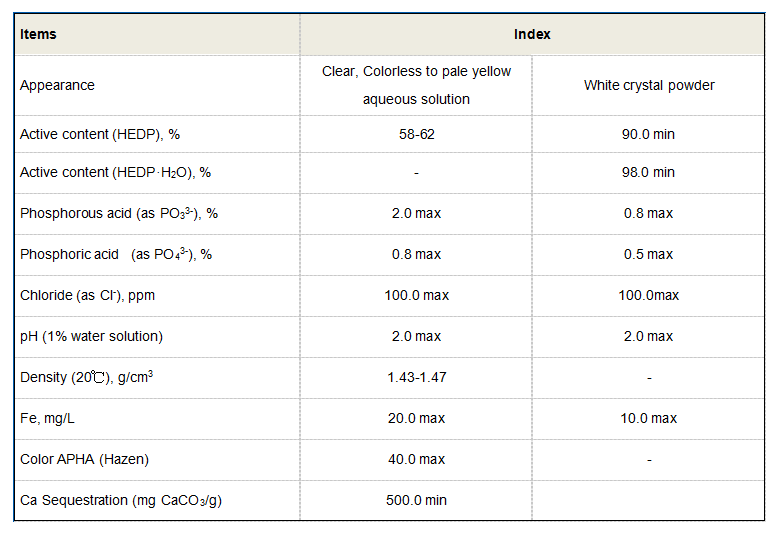Understanding the Role of Coagulants and Flocculants in Water Treatment processes
The Role of Coagulants and Flocculants in Water Treatment
Water is essential for life, yet the increasing pollution of natural water sources poses a significant threat to public health and the environment. As potable water becomes scarcer, efficient water treatment methods are crucial. Two key components in the water treatment process are coagulants and flocculants, which play vital roles in the removal of suspended solids, contaminants, and pathogens from water. This article explores their mechanisms, applications, and the significance of these substances in ensuring clean and safe water.
Understanding Coagulation and Flocculation
Coagulation and flocculation are two processes that often work in tandem during water treatment. Coagulation involves the introduction of coagulants – typically chemical substances such as aluminum sulfate (alum), ferric chloride, or polyaluminum chloride – to the water. These coagulants neutralize the charged particles in the water, allowing them to cluster together into larger aggregates or flocs.
Once the coagulants have successfully aggregated particles, the next step is flocculation. This process involves gentle mixing to promote the collision and further aggregation of the smaller flocs into larger, denser ones. Flocculants, which may be natural (like starch) or synthetic polymers (like polyacrylamide), are often added during this stage to aid in the process. They help to create a network of floc that can be easily removed from the water, either through sedimentation or filtration processes.
Types of Coagulants and Flocculants
There are various types of coagulants and flocculants, each with specific properties and applications
1. Inorganic Coagulants These are the most commonly used coagulants and include substances like aluminum and iron salts. They are effective in removing turbidity and can help in the reduction of dissolved organic carbon.
2. Organic Coagulants These include both natural and synthetic polymers. Natural coagulants derive from plant or animal sources, while synthetic ones are engineered for specific water treatment scenarios.
3. Flocculants While flocculants can be the same chemical compounds used for coagulation, they often differ in molecular weight and charge density, which impacts their efficiency at different stages of the treatment process.
coagulant flocculant

Application in Water Treatment
Coagulants and flocculants find extensive usage in various water treatment applications
- Drinking Water Treatment They are essential in the production of clean drinking water by effectively removing turbidity, pathogens, and contaminants.
- Wastewater Treatment In wastewater treatment plants, these substances help in the removal of suspended solids and colloidal matter, making effluents safer for discharge or reuse.
- Industrial Applications Industries such as papermaking, mining, and food processing rely on coagulants and flocculants for separation processes, water recycling, and minimizing waste.
Environmental Impact and Considerations
While coagulants and flocculants are integral to effective water treatment, their use raises some environmental concerns. The disposal of sludges generated from these processes can create challenges, as they often contain concentrated pollutants. Additionally, some synthetic chemicals can pose risks to aquatic life if not managed properly.
The trend towards more sustainable practices has led to increased research into bio-based coagulants and flocculants. Natural alternatives, such as Moringa oleifera seeds, have shown promise in reducing reliance on synthetic substances while still achieving effective water treatment results.
Conclusion
In conclusion, coagulants and flocculants are indispensable in the quest for clean and safe drinking water. Their ability to remove contaminants enhances public health and environmental safety. As water scarcity persists and environmental concerns grow, continued innovation in coagulant and flocculant technology is crucial. By advancing sustainable practices and exploring natural alternatives, we can ensure the efficiency of water treatment while minimizing negative impacts on our ecosystems. Through these efforts, we can strive towards a future where clean water is accessible to all, sustaining life and promoting well-being.
-
lk-319-special-scale-and-corrosion-inhibitor-for-steel-plants-advanced-solutions-for-industrial-water-systemsNewsAug.22,2025
-
flocculant-water-treatment-essential-chemical-solutions-for-purification-processesNewsAug.22,2025
-
isothiazolinones-versatile-microbial-control-agents-for-industrial-and-consumer-applicationsNewsAug.22,2025
-
scale-inhibitor-key-solutions-for-water-system-scale-preventionNewsAug.22,2025
-
organophosphonates-versatile-scale-inhibitors-for-industrial-water-systemsNewsAug.22,2025
-
scale-and-corrosion-inhibitor-essential-chemical-solutions-for-water-system-maintenanceNewsAug.22,2025





